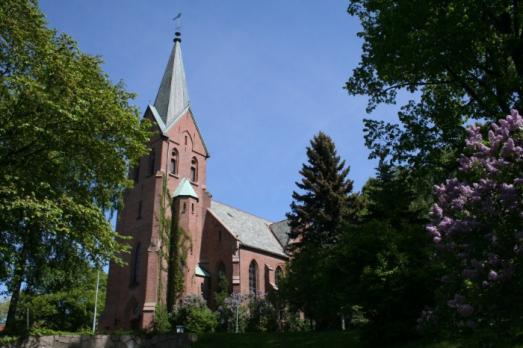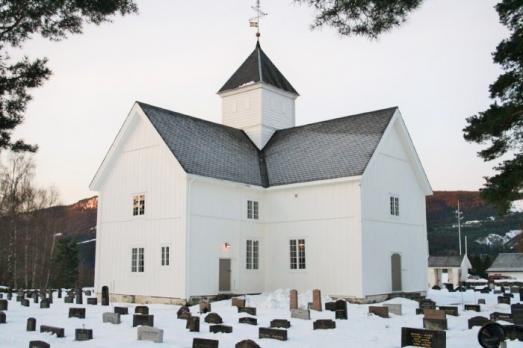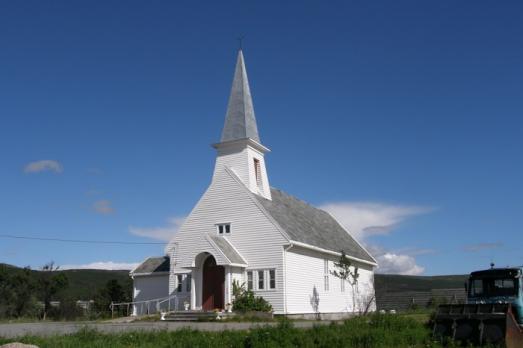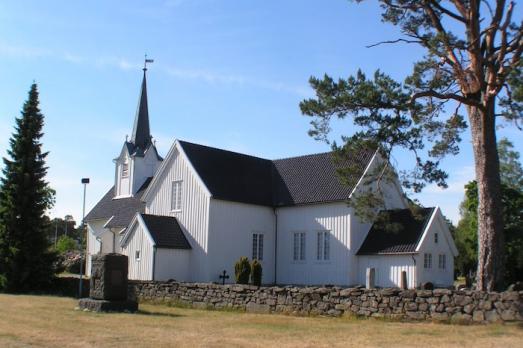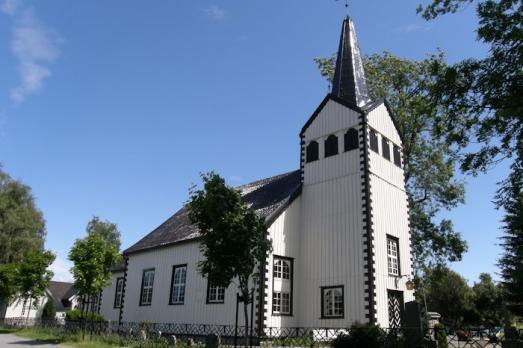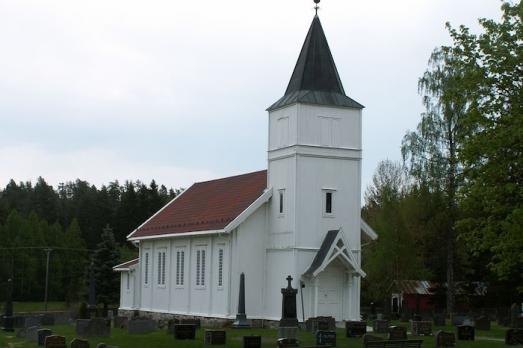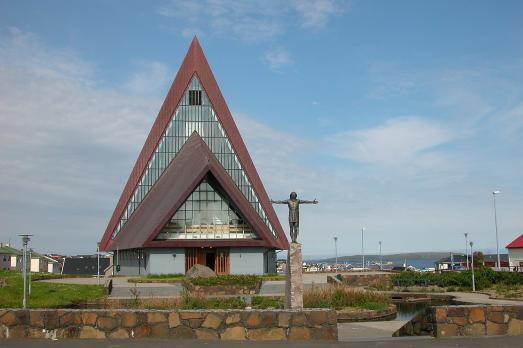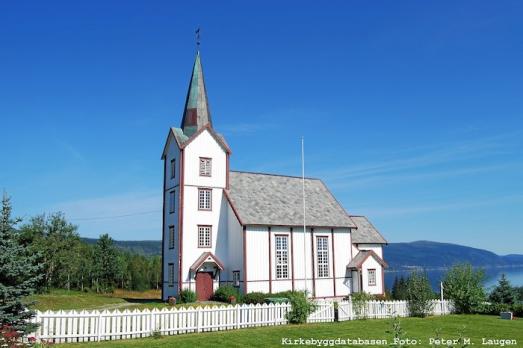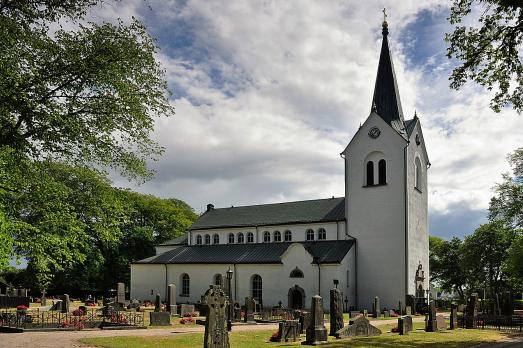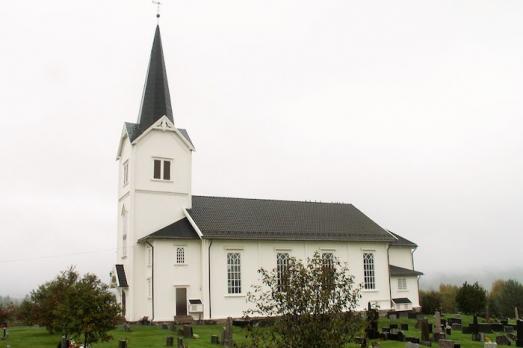
Vestmarka Church
Vestmarka, NO
The church in Vestmarka is a long neo-gothic church built according to the drawings of the architect Ludvig Bergh in 1883. The church is clad with exterior and interior panels. The interior is of good architectural quality, and most of the furniture dates from the time of construction, but the colours are not original.
